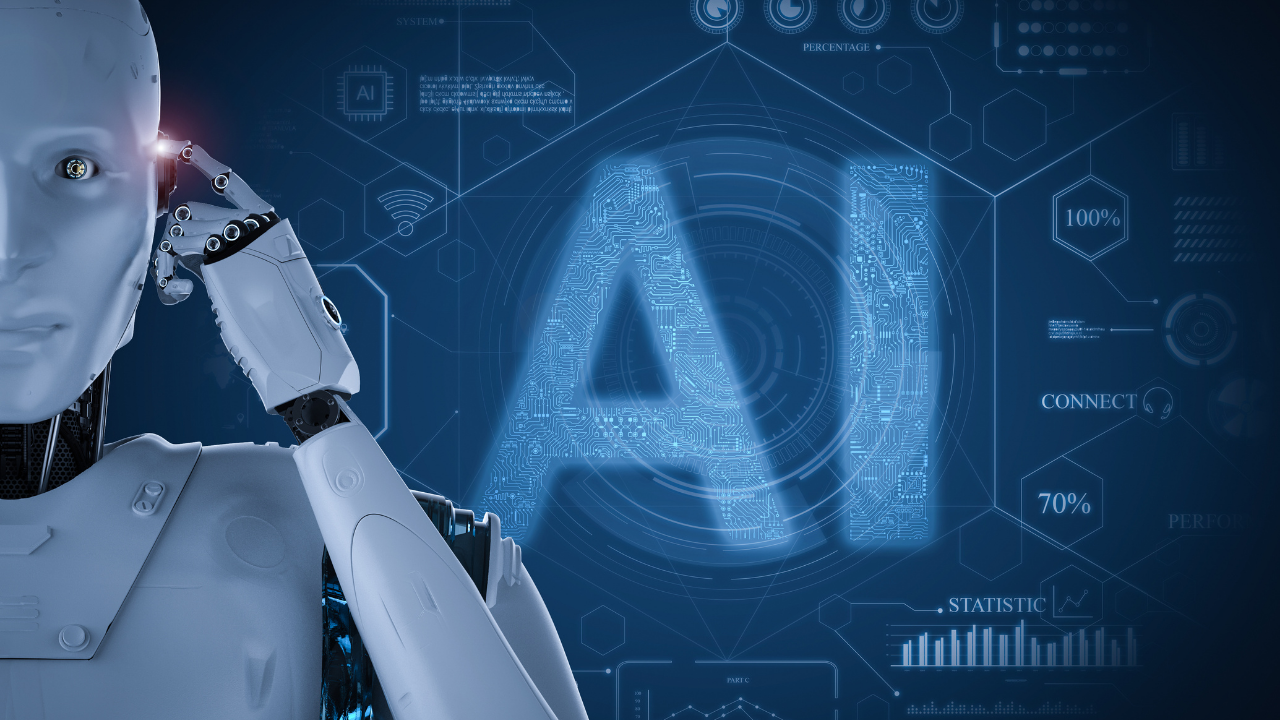Best Tools for Artificial Intelligence & Machine Learning in 2022

Artificial intelligence is a copy of the way humans think and cognize. Simply put, it’s a practice of duplicating human brain.
It’s really complicated to mimic our intelligence, as there are thousands of complex processes involve in feeding machines with data and logic to teach them how to think.
But, the AI tools developed by Google, Facebook, Uber and smany other companies have made it super easy. Let’s get started to find what the best tools for AI and machine learning in 2022 are ruling:
AI Tools for Compatibility with AI Platforms
There are a wide range of tools that developers and data scientists use for figuring out and designing algorithms for offering AI services. Mostly, these are meant for making business practices and processes easier than before. This platform requires GUIs, existing libraries, pre-build workflows and Integrated Development Environments (IDEs) etc.. The most promising out of all are following:
- TensorFlow
It is a product of Google, which is the most popular platform for designing and deploying machine learning models. Those who have moderate knowledge of Python or C++, it’s for them. You can find it having a wide range of tools, libraries and a vibrant community of technologists supporting you to tackle teething problems.
- Apache SystemML
IBM evolved this flexible and scalable platform for deploying ML algorithms when working on big data science. For R programmers and Python developers, it’s easy to work with its high level programming language, viz. Declarative Machine Learning (DML) and PyDML. You don’t need to work hard for optimizing, as it optimizes usage that requires data and clustering characteristics. Even, you can scale it to Hadoop and Spark clusters.
- H2O.ai
It’s also a platform for deploying machine learning, deep learning and gradient models. In terms of compatibility, it supports Python, R and Java to be used across diverse enterprises globally.
Also Read: 10 Unbelievable Digital Marketing Tips To Grow Your Business In 2022
Machine Learning Libraries
It’s a set of pre-defined functions that can be reused for similar purpose in the future. Python and R languages are used for working with it. Basically, it aims at saving on time that developers spend in manual code writing for each task. Even, TensorFlow has its own libraries for the same reason.
- Scikit-learn
Python-based this library has a range of supervised and unsupervised algorithms based on classification, regression, random forests, gradient boosting etc.. Spotify, for example, uses it for teaching devices to create a playlist.
- Torch
This library is based on Lua, which an easy and fast language. Data scientists use it for applications where speed and parallel processing are must, like Twitter.
- PyTorch
This library was first evolved by Facebook. It is simple, short in terms of learning and reducing time for deploying ML models and better by API designs.
Deep Learning Tool
It is based on neural network system, which assists in speech recognition, image recognition, recommendations etc. Developing and deploying deep learning applications with is way easier, faster and more convenient.
- Keras
It is written in Python. Big data analysts and scientists prefer it for experimenting on deep neural networks swiftly and processing data through mathematical models. Netflix has proved that it’s amazing, as it has used this tool.
- Uber Ludwig
This tool is developed using TensorFlow by Uber. For training, testing and deploying machine learning models, it is matchless as it does not need coding. The developers prefer it over any other counterpart for its fast modeling and no errors. Uber uses it for improving maps, optimizing communication and even, forecasting deliveries for Uber Eats.
- Caffe
This lightning fast deep learning library processes more than 60 million images per day. A product of UC Berkeley, Caffe is the first choice for image processing applications that need higher computing power and model accuracy.
Natural Language Processing Tools (NLP)
As its name suggests, the NLP processes natural speech, text and videos to cognize like human.
- SimpleCV
For computer vision application developers, it’s easy to use ML library with it. Beginners, who want to learn prototyping and application development quickly, it is their cup of tea as it needs no prior knowledge of file formats and buffer management.
- Tesseract
Google has developed this OCR or Optical Character Recognition engine for converting handwritten or typed data into a recognizable and editable format by machines. The good thing is that it supports multiple languages also.
- Detectron
This object detection algorithm is developed by Facebook. It used Caffe2 to write it in Python for training models to comply with augmented reality applications.
There are many tools that have been making rounds, but the best ones are aforementioned.
Also Read: 10 Essential Strategies to ROBOTIC PROCESS AUTOMATION (RPA)
Summary
The best AI tools for machine learning, natural language processing and artificial intelligence in 2022 are trending to replicate the way human beings think and cognize. TensorFlow, H2O.ai , torch, PyTorch, Keras, Caffe, detectron and many more AI tools are there that are making machine learning & artificial intelligence happen.











